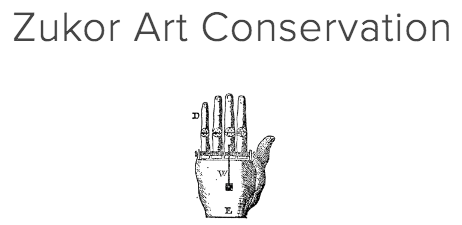While most conservators spend their days immersed in the technical and mechanical processes of repair and preservation, we are also considering the deeper concerns about the work we do.
Conservators repair items that were valued in the past as well as those believed to have value in the future. But we are not the judges of either past or future worth. Such judgments are subject to change, just as styles of art become desirable and then fade. If we want to be regarded as ‘guardians of material heritage’, we can’t make those decisions. Conservators must be neutral in their assessment of an item; condition and preservation are the main focus of our involvement, not whether that item is in our judgment, worth saving. Some family artifacts may have no monetary value but are precious to family members. They provide generational history and continuity. It is the people who bring documents to us for preservation who decide what the value is of the possessions their ancestors kept.
It is the owner who conveys an object’s importance and therefore asks us to ‘save’ it. We don’t tell the public what might be valuable by our willingness to care for it.
What is our role then, if any, in preserving culture? Our job is to recover, and hopefully extend the life of an artifact. Conservation is not just about saving historical artifacts but in ‘promoting the ethic of care’*. Paper as a material might be inherently fragile but it is also resilient. And beautiful. Our staff is thrilled by the variety of paper objects that come to the studio and allow us to learn about their place in history.
* Samuel Jones: In a Material World; the relationship between culture and policy.
Before Treatment
After Treatment


